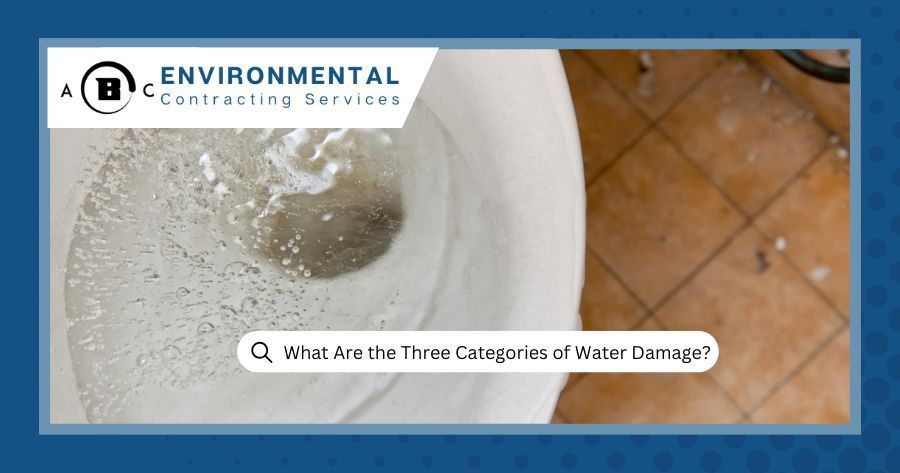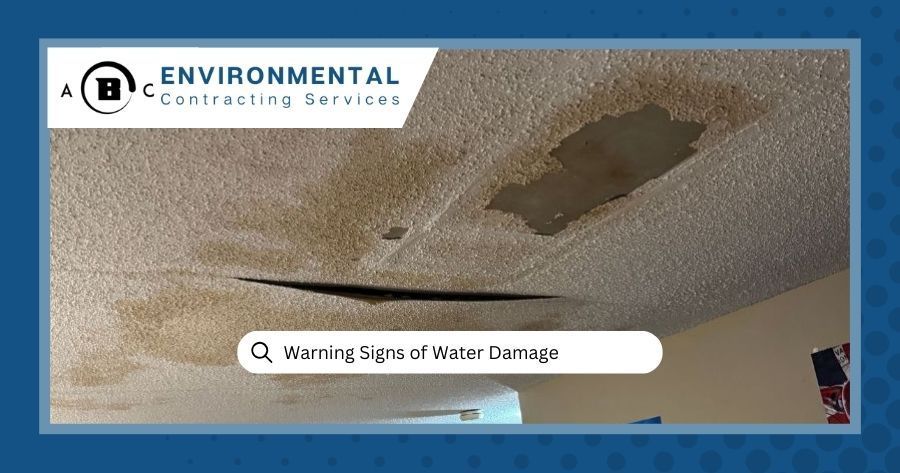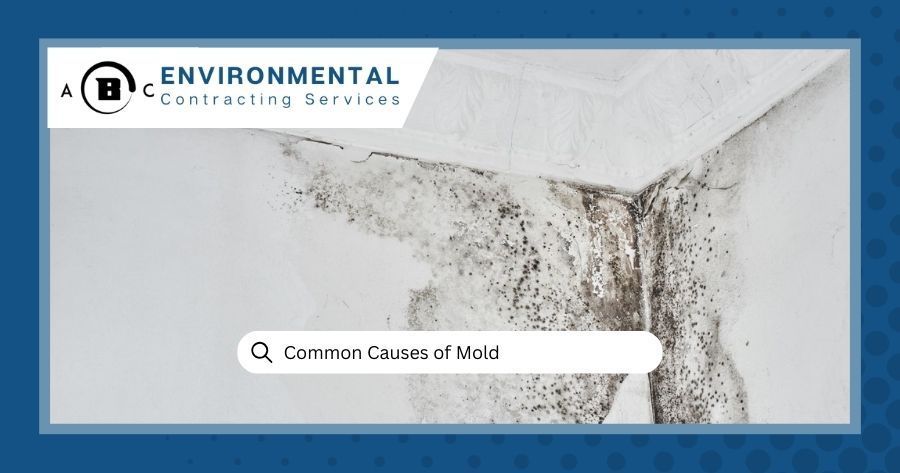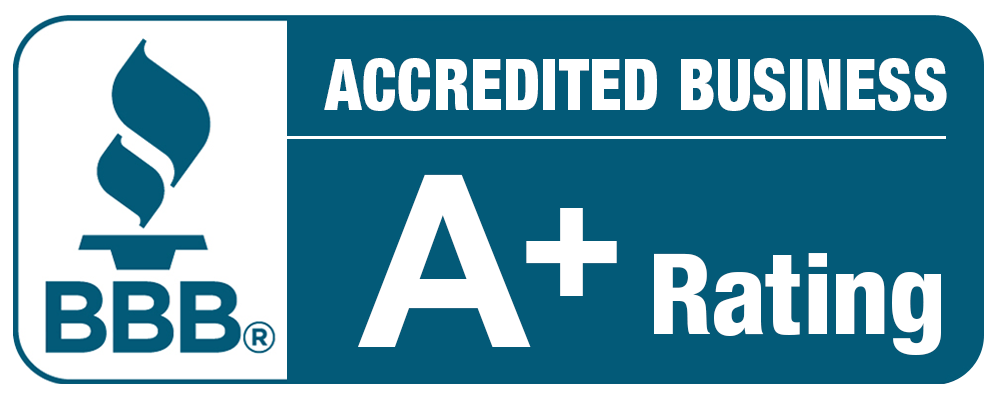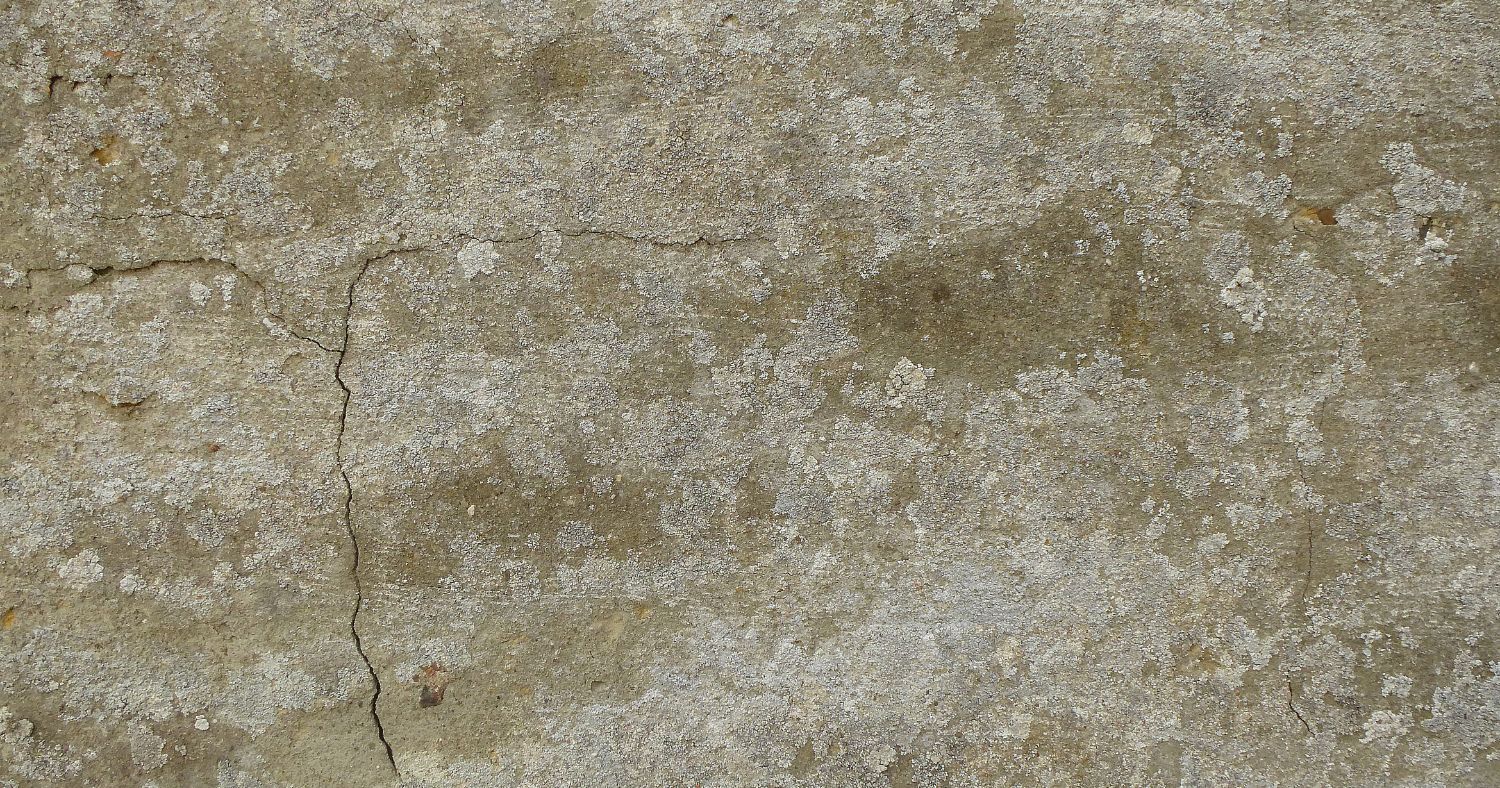
Mold on concrete surfaces is a common issue faced by many homeowners and businesses. Mold not only affects the appearance of concrete but can also have serious environmental impacts and potential health hazards. We’ll walk you through mold growth on concrete surfaces, ways and signs of affecting them, dangers, the DIY removal process, and preventive tips. Plus, if you happen to live in the area and are looking for a company handling mold removal Columbia, MO, stick with us till the end!
Mold Growth on Concrete
Mold develops in damp, humid conditions, and can often be found on concrete surfaces. Despite a common misconception, mold can indeed grow on concrete, especially if there is moisture present.
Can Mold Grow on Concrete? Exploring the Myths
Can mold grow on concrete walls and surfaces? The answer is yes. While concrete is not organic, mold can grow on the dust, dirt, and other organic materials that settle on it. Conditions such as high humidity, poor ventilation, and leaks can contribute to mold growth on concrete patios, walls, and basement walls.
What about black mold? Can black mold grow on concrete? Even particularly harmful black mold can grow on concrete if the conditions are right.
Read About - Common Hotspots For Mold Growth In Your Home
Signs of Mold on Concrete Surfaces
Recognizing the signs of mold on concrete surfaces is important for removing it on time. You can find mold on concrete patios, other flooring materials, walls, and other surfaces:
- Discoloration:
Look for black, green, or white patches on concrete surfaces. These discolorations can appear in irregular shapes and may spread over time.
- Musty Odor:
A persistent, musty smell is often a clear sign of mold presence. This odor is particularly noticeable in enclosed or poorly ventilated areas.
- White Fluffy Growth:
Known as efflorescence, white fluffy mold on concrete often appears on concrete surfaces, exposed to moisture. It can be confused with mineral deposits, but mold typically feels soft to the touch.
- Surface Cracks and Peeling Paint:
Mold growth can cause paint to peel and lead to the development of small cracks on concrete surfaces, especially on walls.
- Health Symptoms: If occupants experience unexplained allergic reactions, respiratory issues, or other health problems, it could be a sign of hidden mold on concrete surfaces.
Dangers of Mold on Concrete
The presence of mold on concrete surfaces poses several health risks.
- Health Risks:
Mold spores can cause respiratory problems, allergic reactions, and other health issues, particularly for individuals with sensitivities or preexisting conditions.
- Structural Damage:
Prolonged mold growth can weaken concrete, leading to potential structural damage and compromising the integrity of buildings.
- Unpleasant Appearance: Mold can cause staining and discoloration on concrete surfaces, affecting the aesthetics of your property.
- Unpleasant Odors: Mold growth can produce musty odors that spread through the air and are difficult to eliminate. You’ll want to get rid of mold smell as soon as possible to improve air quality.
Step-by-Step DIY Solutions for Mold Removal
Tired of dealing with mold on your concrete surfaces? Don't worry, we've got you covered with these simple steps to tackle mold removal using DIY solutions. Follow along:
Gather Your Materials
Before you start with the removal, you should gather these materials first:
- Water
- Detergent (mild)
- Bleach
- Protective Gear (gloves, mask, goggles)
Steps
Now that you have your materials in place, you can try to kill mold on concrete at your house. Follow the steps:
- Prepare the Area:
Ensure proper ventilation by opening windows or using fans. Next, clear the area of any furniture or obstacles to allow easy access to the concrete surface.
- Mix Cleaning Solution:
For a mild detergent solution, mix water and detergent in a bucket according to the manufacturer's instructions. For a bleach solution, mix one-part bleach with four parts water in a separate bucket.
- Apply the Solution:
Dip a stiff-bristled brush or scrubbing sponge into the cleaning solution. Then, scrub the moldy areas of the concrete surface, applying enough pressure to remove the mold but not damage the concrete.
- Rinse Thoroughly: After scrubbing, rinse the area with clean water to remove any leftover cleaning solution and mold residue.
- Repeat if Necessary:
For stubborn mold stains, you may need to repeat the cleaning process multiple times until the mold is completely removed.
- Dispose of Materials Properly: Dispose of any used cleaning materials, such as brushes or sponges, properly to prevent the spreading of mold spores to other areas.
- Dry the Area: Allow the cleaned concrete surface to air dry completely.
Prevention Strategies
Preventing mold growth on concrete involves several proactive measures, including:
- Tackle Mold Signs As Soon As Possible: Immediately tackle any signs of mold growth to prevent it from spreading and becoming a larger problem.
- Improve Ventilation: Make sure you have good airflow in basements, garages, and other damp areas to reduce moisture buildup.
- Maintain Proper Drainage: Ensure that water drains away from concrete surfaces to prevent standing water and seepage.
- Regular Inspections: Regularly inspect the area to identify and repair leaks or water damage on time.
- Use Mold-Resistant Products: Apply commercial mold-resistant cleaners or treatments to concrete surfaces to help prevent mold growth.
- Consult EPA: Consult the EPA for expert advice on controlling moisture, improving ventilation, and maintaining indoor air quality.
Reach Out to ABC Environmental Contracting Services in Columbia for Expert Mold Removal
For those dealing with persistent mold problems, seeking professional help is often the best choice. ABC Environmental Contracting Services in Columbia offers expert mold removal services. Their experienced team can handle even the toughest mold scenarios, ensuring your home or business remains safe and mold-free. Just give us a call at (573) 928-2668 or fill out our online form.

